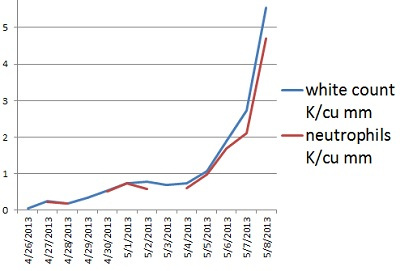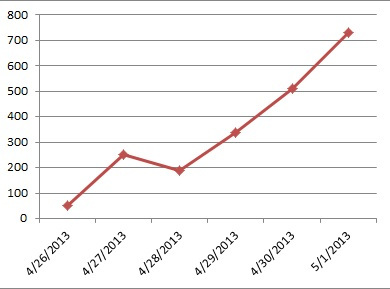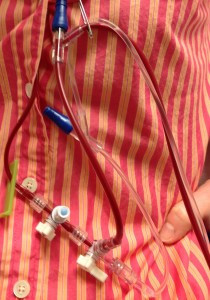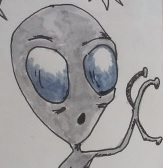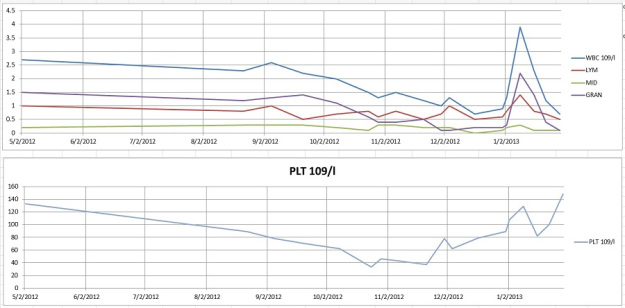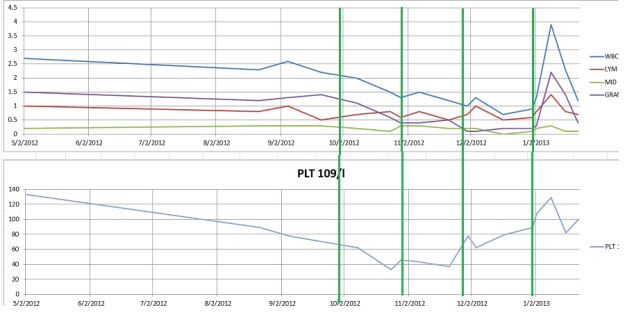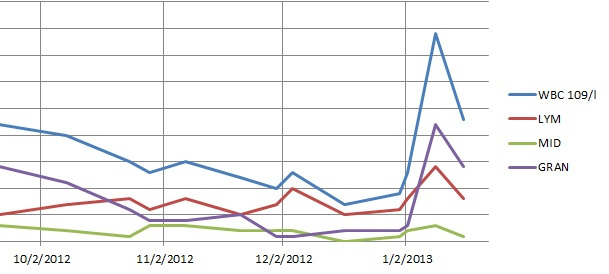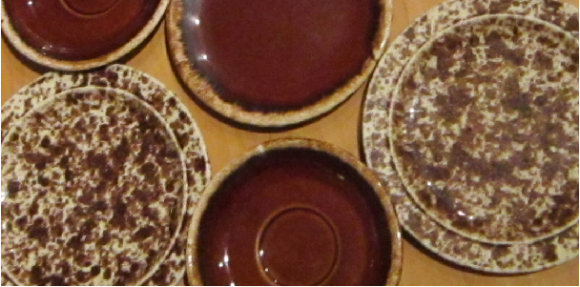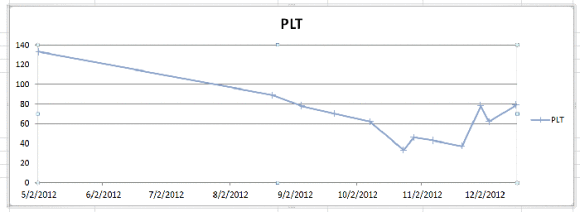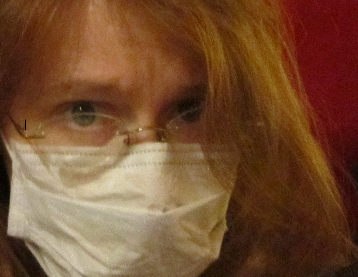Well, I’m glad to say that I continue to do well medically, and I really appreciate that all the more because two very special people I know (including one who had been in a remission that raised hopes he might be out of the woods) have gotten bad news in their own battles with cancer. My prayers and best thoughts are with them, and with a couple people in similar situations whose blogs I’ve been following.
Actually, if you are a praying sort yourself, please pause for a moment now to pray for A. and T. (names abbreviated for privacy). They are both amazing people.
Other than praying, I’ve been preoccupied with a) resting, b) avoiding sunlight, c) resting, d) feeling very fortunate, e) a few organizing projects at home, f) resting, and g) researching the best ways to avoid sunlight.
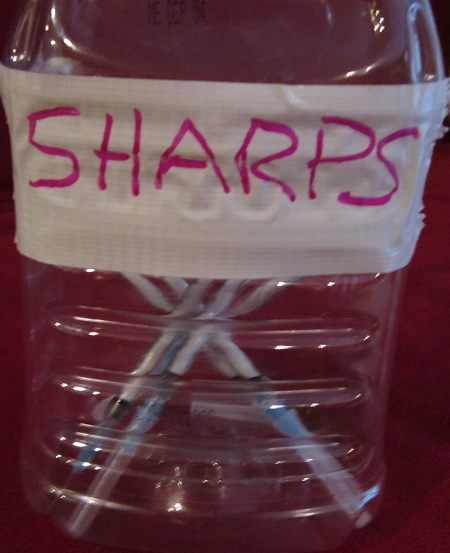
Don’t mess with me–I have pointy things. Extremely small pointy things.
Also, a couple weeks ago I also started participating in a study at Johns Hopkins. It’s not the kind of study you get into when all else fails, but rather the kind where they are trying giving additional medicine to people who’ve had successful transplants, in an effort to cut the significant rate of post-transplant relapse into MDS or leukemia (and, if my MDS comes back, it will turn into leukemia). It’s the “hit it with everything you’ve got while it’s down” philosophy which is so inappropriate for, say, warts, and so appropriate for deadly malignancies. In this case, the extra medicine is more Vidaza (which I got as a pretreatment for the transplant), plus sargramostim, a white-blood-cell booster which will counter Vidaza’s effect of suppressing white blood cell production. Apparently, based on studying cells in the lab, the doctors have good reason to believe that these drugs work best in combo. When I got Vidaza before, of course, I was not eligible for white-cell-boosting drugs because they could have boosted the cancer in my bone marrow, but that cancer is either gone (in which case this is all overkill) or at undetectably low levels (in which case this could juice up my good, donor-flavor white blood cells to finish off the cancer and save my life).
Of course, we don’t know if it will work–that’s the point of it being a study–but they will keep very close tabs on me while I’m in the study.
The practical impact of all this is that, one week a month, I have to drive to Baltimore every weekday to get a Vidaza shot (because the study protocol is too rigid for me to get it at Dr. Virginia’s office). Also, I have to give myself a shot in the stomach for ten days running (that’s the sargramostim, which boosts my white blood cells). It turns out that sticking a needle into my own body is way easier than I thought it would be, but on the other hand it is a huge drag to mix up the drug–I have to draw a ml of sterile water from one vial, inject it into a different vial with the drug powder in it, shake it to mix, then draw a half-ml out of that vial to put into myself. I keep thwocking at the syringe to get rid of stubborn air bubbles that would throw off the measurement, plus the stupid syringes have the lid stuck onto the needle far more securely than the needle part is stuck onto the body. Fortunately I’ve only had them come apart when empty, so I could just start over with a new syringe and not waste the heinously expensive medicine.
In other news, something about the combination of drugs (and a blood cell dip which is apparently not unusual 60-100 days after transplant) completely kicked my butt during the week of Vidaza shots. Fatigue-o-rama. Thanks for being there, sofa!
Several people I know seem irked that the study is not paying my expenses (Kaiser is paying for the medicine, and I’m paying for copays and zipcar or MARC train to get to Hopkins), but personally I feel that these expenses are well worth it for something that could be saving my life. I think it is pretty cool that, if it does save my life, that information will help save other people’s lives too.
And, it does make me feel pretty badass to have my own homemade sharps container in my kitchen.
All blog content copyright © 2012-2014 E. Palmberg. Guaranteed 100% brave and freaking noble.







